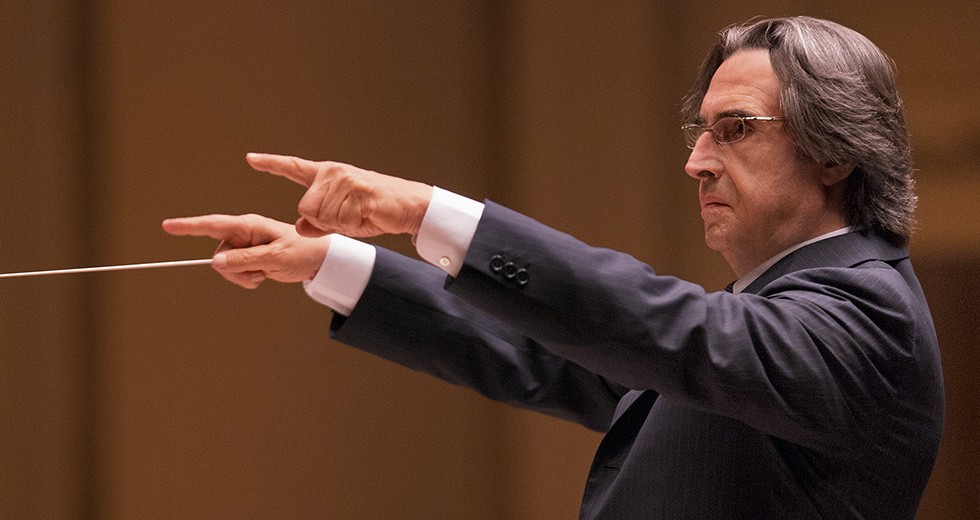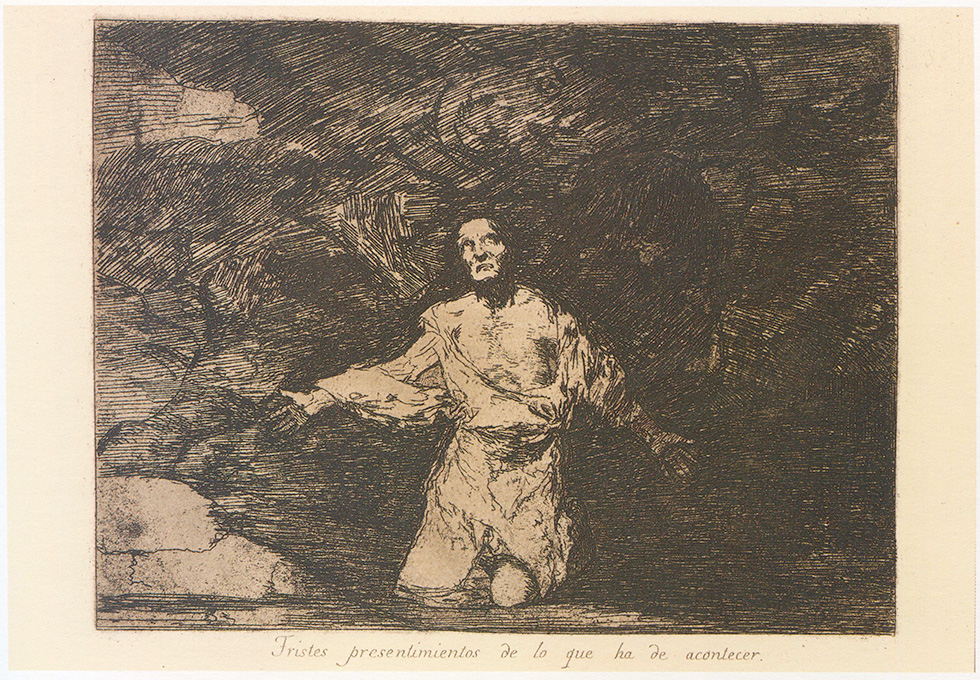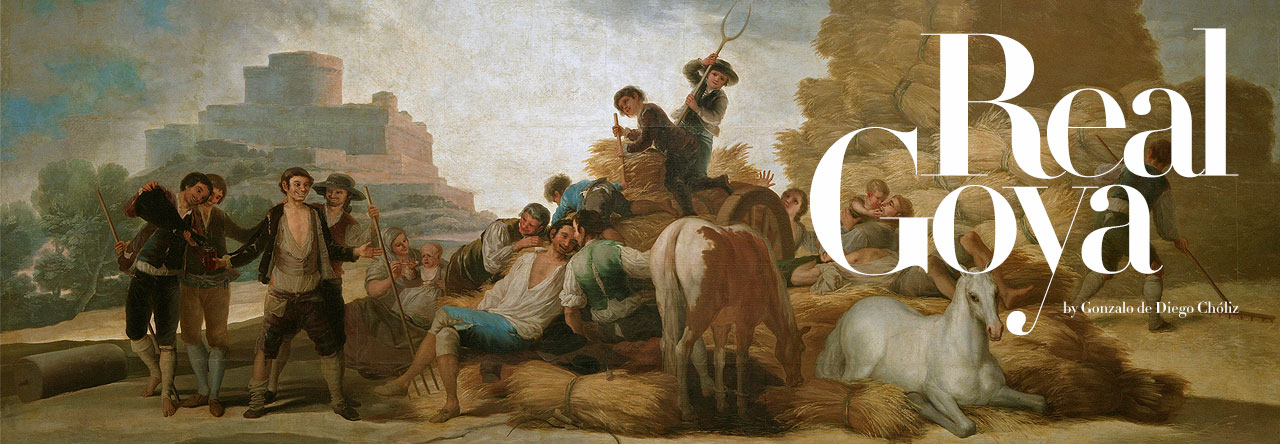“Men not endure healthy doctrine, but will be surrounded by masters tailored to their own desires and what they like to hear; and separating the ear of truth, will come back to fables”(read ideologies), the psalmist says.
The Jesuit Ignacio de Loyola (1491-1556), in his very famous Spiritual Exercises, speaks of the composition of place, a methodology technique by means of which the worshipper has to evoke and “compose” or recreate a certain scene in his imagination, and inserted into the same so he can better understand, to interpret it more successful and deep.
In this regard, I now will try to get close, to the extent of my possibilities, what today suggest this type of thoughts and actions. And to focus the issue I remember from the first time I read it, always has struck me this quote from the poet and editor Gotthard de Beauclair (1907-1992):
“After noon, light becomes precious.
The birth of the star begins in the shadows.
The great stillness.
You are alone.
Not abandoned”.

RICCARDO MUTI
As well, my admired Riccardo Muti, a Neapolitan born in 1944 which today is rightly one of the most renowned orchestra conductors in the world, took in the Christmas 2010, and within the so-called Court of the Gentiles, a historic meeting with Cardinal Ravasi in the Basilica of the Ara Coeli in Rome. The most cultured and admirable part of Italian society occasionally attends this kind of meetings, such as that epistolary memorable between Cardinal Martini and Umberto Eco, concerning what they believe those who do not believe.
I try to translate below part of the meeting Ravasi-Muti, which seems more relevant:
Muti began claiming that “even outside music, 20th century was a century of turbulent, tragic, full of horrors. Art often has the ability to proactive and predict the story, to show in advance, so disconcerting sometimes, what will happen.”

Tristes presentimientos de lo que ha de acontecer (Desastres de la guerra)
Aguafuerte, punta seca, buril y bruñidor
178 x 220 mm.
He adds, shortly after, that “I thought that there is a deep connection between musical rhythm and heart rate. The song itself, on the other hand, was born when man realizes the immensity of nature and tries to get closer to it: raising the voice and thus get to elevate the soul.
Much contemporary music, however, it’s scared to sing, prevents it, and lies in rhythmic formulas of extreme complexity. In a word, cannot reach, goes outside the man”.
It also says Muti, “for me, music has always been one of the energies of the miraculous universe, humans have been able to capture.” I like to think, from time to time, that will be born a composer able not to invent something new, but at least minimally perceive the harmony of the heavenly sphere that the great God’s ear listens in eternity. It may be a rhetorical statement, but remain convinced that the task of art is to fill the spirit of man.
The art of the 20th century, on the other hand, chose to represent the dramas of History, despair and anguish of the man. But I don’t think that this may be enough. I believe furthermore that all of us have the obligation (I repeat and emphasize: the obligation) to write and work to prepare for the coming of a new, large station or musical era. If I can afford a metaphor that suggests to me the Christmas ambient, it is as if contemporary music still was waiting for their Messiah. Perhaps we should learn to look at the last century as a long period of preparation for the activity of an author, to be finally able to recompose the harmony lost, without renouncing the work and the experiences of their predecessors and treasuring, even, the multicultural experience. “This is the event we have to wait and that, more than any other, should help prepare with our daily work”.
They look like unusual roads that, I am sure, are obligatory application to a Goya neither courtier, nor portrayer nor complacent in the Court, nor by commissions from a superficial aristocracy. But it feels like hunch when entered through more risky roads, more difficult and more frontiers, as in the issues dealt with in his prints and the black paintings, for example.
(End of part I)
Gonzalo de Diego.
